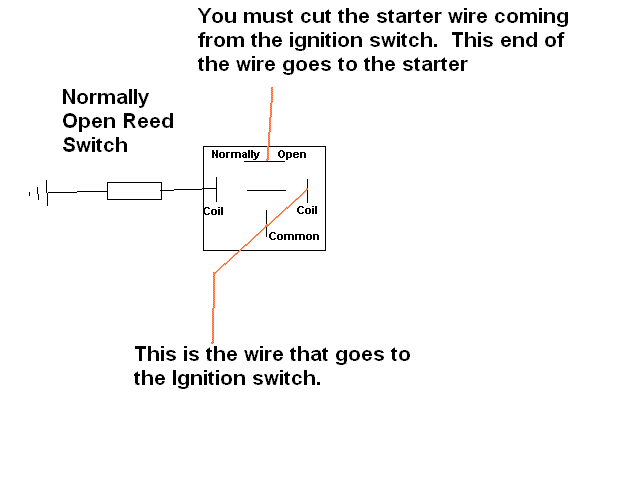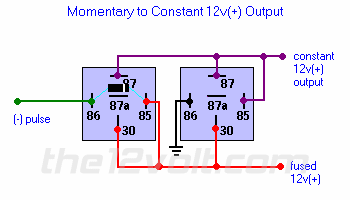Posted: July 17, 2009 at 5:06 PM / IP Logged
Posted: July 17, 2009 at 5:39 PM / IP Logged
Posted: July 17, 2009 at 8:15 PM / IP Logged
Posted: July 17, 2009 at 8:48 PM / IP Logged
Posted: July 17, 2009 at 9:31 PM / IP Logged
Sorry, you can NOT post a reply.
This topic is closed.
 Printable version
Printable version


| You cannot post new topics in this forum You cannot reply to topics in this forum You cannot delete your posts in this forum You cannot edit your posts in this forum You cannot create polls in this forum You cannot vote in polls in this forum |

| Search the12volt.com |
Follow the12volt.com 
Monday, October 27, 2025 • Copyright © 1999-2025 the12volt.com, All Rights Reserved • Privacy Policy & Use of Cookies


Monday, October 27, 2025 • Copyright © 1999-2025 the12volt.com, All Rights Reserved • Privacy Policy & Use of Cookies
Disclaimer:
*All information on this site ( the12volt.com ) is provided "as is" without any warranty of any kind, either expressed or implied, including but not limited to fitness for a particular use. Any user assumes the entire risk as to the accuracy and use of this information. Please
verify all wire colors and diagrams before applying any information.











 The relay on the right is wired for latching; use your reed relay to feed the input (you don't need the relay on the left if you wire your reed relay to the (+) switched ignition source). Instead of the fused +12V source indicated, use the switched ignition source that's only on when you switch the car on. Make sure it doesn't drop out as you start, because it needs to be on during the start - don't use an accessory line, even though it might seem convenient.
The relay output can then go to the (+) coil of your starter disable relay (not shown). The (-)coil goes to ground, and you can then use the normally open (terminal 87) and common (terminal 30) for the starter interrupt.
The relay on the right is wired for latching; use your reed relay to feed the input (you don't need the relay on the left if you wire your reed relay to the (+) switched ignition source). Instead of the fused +12V source indicated, use the switched ignition source that's only on when you switch the car on. Make sure it doesn't drop out as you start, because it needs to be on during the start - don't use an accessory line, even though it might seem convenient.
The relay output can then go to the (+) coil of your starter disable relay (not shown). The (-)coil goes to ground, and you can then use the normally open (terminal 87) and common (terminal 30) for the starter interrupt.
